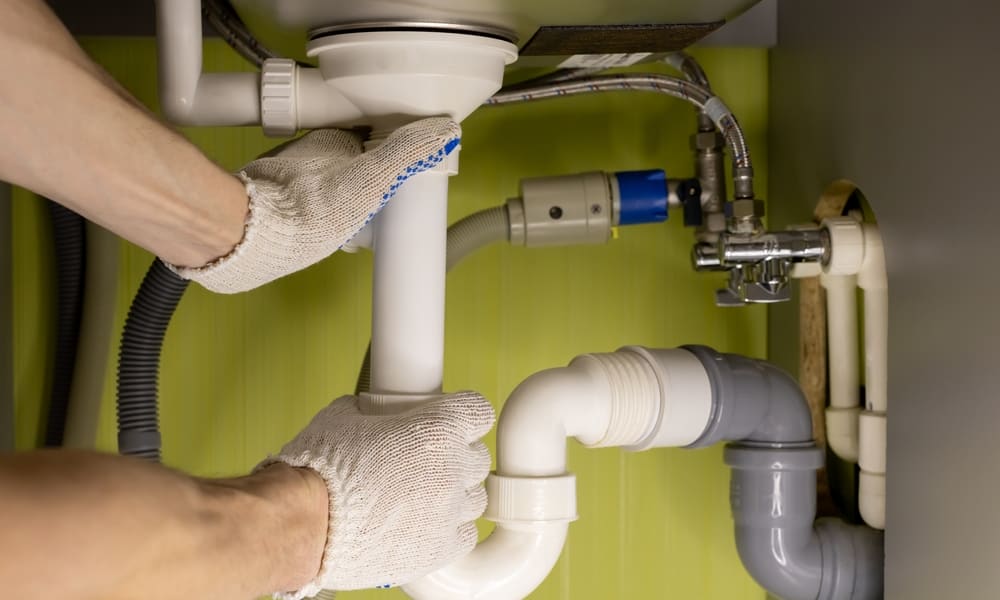Essential Tips for Unclogging Your Drain Like a Pro
Dealing with a clogged drain can be a frustrating experience, but with the right knowledge and tools, you can tackle this common household problem like a professional. This article will guide you through effective methods to unclog your drains, helping you save time and money while keeping your plumbing system in top shape.

What are the most common causes of drain clogs?
Understanding the root causes of drain clogs is crucial for effective prevention and treatment. Hair, soap scum, and food particles are among the most frequent culprits in bathroom and kitchen drains. In bathrooms, a combination of hair, soap residue, and mineral buildup can create stubborn blockages over time. Kitchen sinks often fall victim to grease, oil, and food scraps that accumulate and harden within the pipes. Additionally, foreign objects accidentally dropped down drains, such as small toys or jewelry, can cause immediate and severe blockages.
How can you prevent drain clogs before they happen?
Prevention is always better than cure when it comes to drain maintenance. Install drain screens or strainers in all your sinks and showers to catch hair, food particles, and other debris before they enter the plumbing system. Regularly clean these screens to ensure optimal performance. Avoid pouring grease or oil down kitchen sinks; instead, collect it in a container and dispose of it in the trash. Run hot water through your drains weekly to help dissolve and flush away potential buildup. For bathroom drains, consider using a mixture of baking soda and vinegar monthly as a natural cleaning solution to keep pipes clear.
What are some DIY methods to unclog a drain easily?
When faced with a clogged drain, several DIY methods can often resolve the issue without the need for professional help. Start with the simplest approach: boiling water. Pour a pot of boiling water directly into the drain to help melt and dislodge minor clogs caused by soap or grease. If this doesn’t work, try using a plunger. Ensure there’s enough water in the sink or tub to cover the plunger’s head, create a tight seal, and plunge vigorously for about 20 seconds. For more stubborn clogs, a mixture of baking soda and vinegar can be effective. Pour 1/2 cup of baking soda down the drain, followed by 1/2 cup of white vinegar. Cover the drain with a plug or rag, wait 15 minutes, then flush with hot water.
When should you use a plumbing snake or auger?
If the aforementioned methods fail to clear the clog, it’s time to consider using a plumbing snake or auger. These tools are designed to reach deeper into the drain to break up or remove stubborn blockages. For most household clogs, a manual drain snake is sufficient. Insert the end of the snake into the drain opening and slowly push it forward, turning the handle clockwise. You may feel resistance when you hit the clog. Continue to push and turn the snake to break through the blockage. Once you feel the clog has been cleared, slowly retract the snake and run hot water to flush the drain. For more severe clogs or those located further down the pipe, an electric auger might be necessary, but exercise caution and consider professional help if you’re unfamiliar with its operation.
What professional drain cleaning services are available?
While many clogs can be resolved with DIY methods, some situations call for professional intervention. Professional plumbers offer a range of drain cleaning services tailored to different types of clogs and pipe systems. Hydro jetting is a powerful method that uses high-pressure water to clear even the most stubborn blockages and clean pipe walls. Video camera inspections allow plumbers to identify the exact location and nature of the clog, especially useful for recurring problems. Enzymatic cleaners are a eco-friendly option that uses bacteria to break down organic matter in drains. For older homes or persistent issues, pipe relining or replacement might be recommended to address underlying structural problems.
How much do drain cleaning services typically cost?
The cost of professional drain cleaning services can vary widely depending on the severity of the clog, the method used, and your location. Here’s a general overview of pricing for common drain cleaning services:
| Service | Average Cost Range | Notes |
|---|---|---|
| Basic Drain Snaking | $100 - $275 | For simple clogs in easily accessible drains |
| Hydro Jetting | $250 - $800 | More thorough cleaning, especially for severe clogs |
| Video Camera Inspection | $100 - $500 | Often combined with other services |
| Enzymatic Cleaning | $50 - $150 | Eco-friendly option for organic clogs |
| Pipe Relining | $1,000 - $5,000+ | For damaged pipes without excavation |
Prices, rates, or cost estimates mentioned in this article are based on the latest available information but may change over time. Independent research is advised before making financial decisions.
Regular maintenance and prompt attention to minor clogs can help prevent more serious and costly plumbing issues down the line. While many drain problems can be resolved with simple DIY techniques, don’t hesitate to call a professional for persistent or complex clogs. By following these essential tips and understanding when to seek expert help, you can keep your drains flowing smoothly and avoid the inconvenience and expense of major plumbing repairs.




